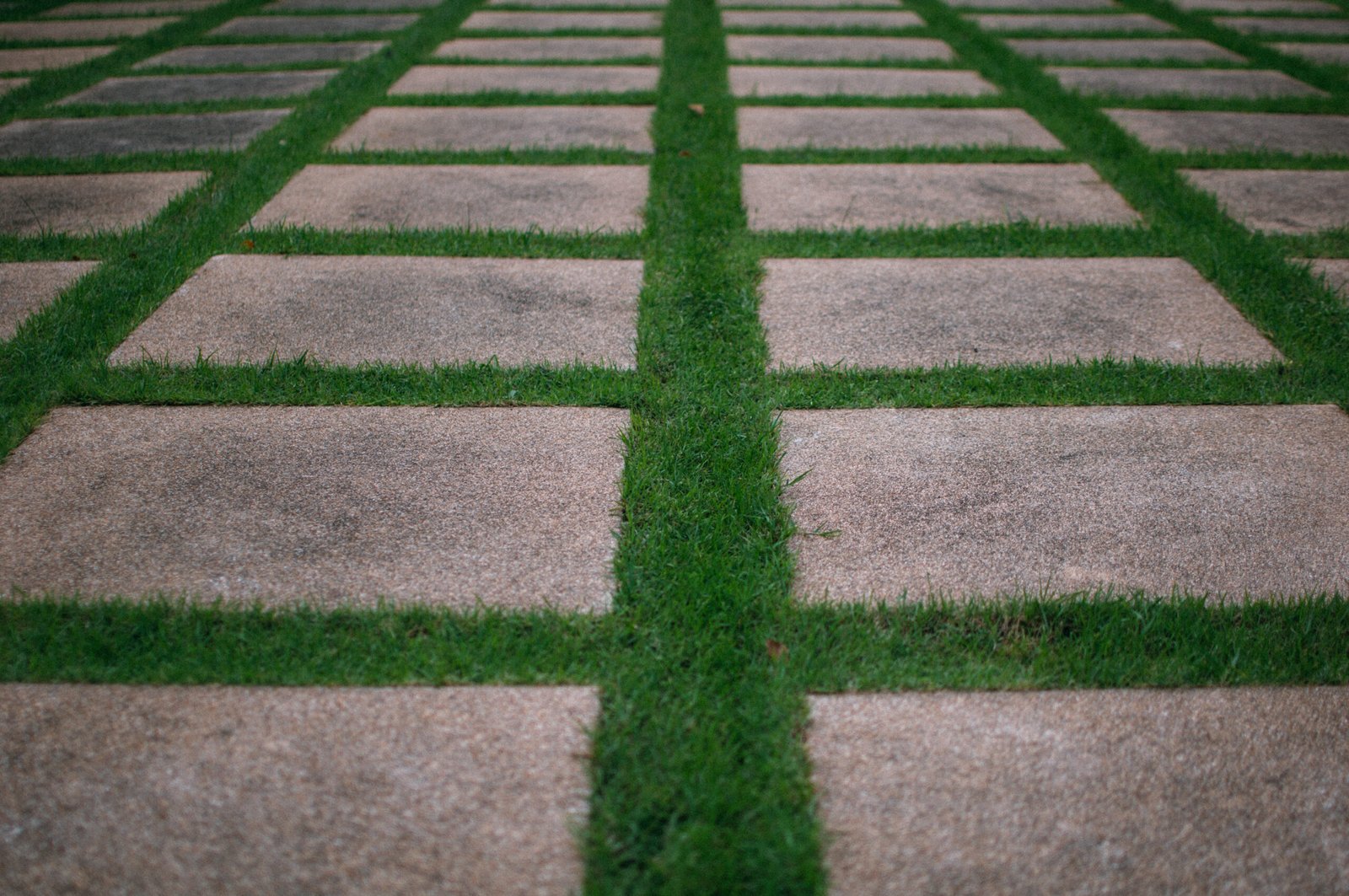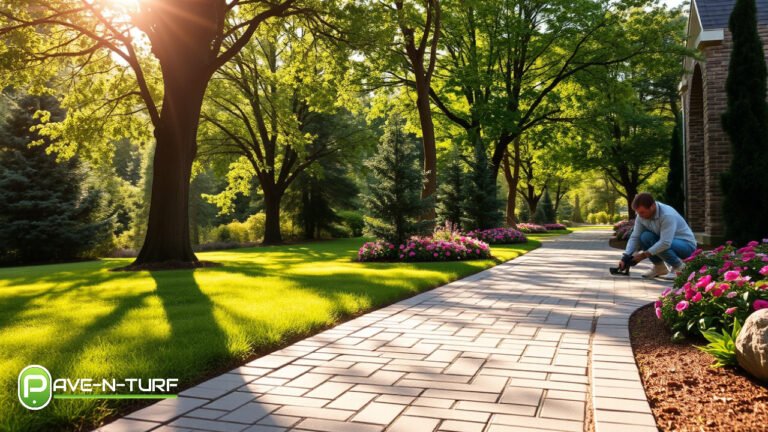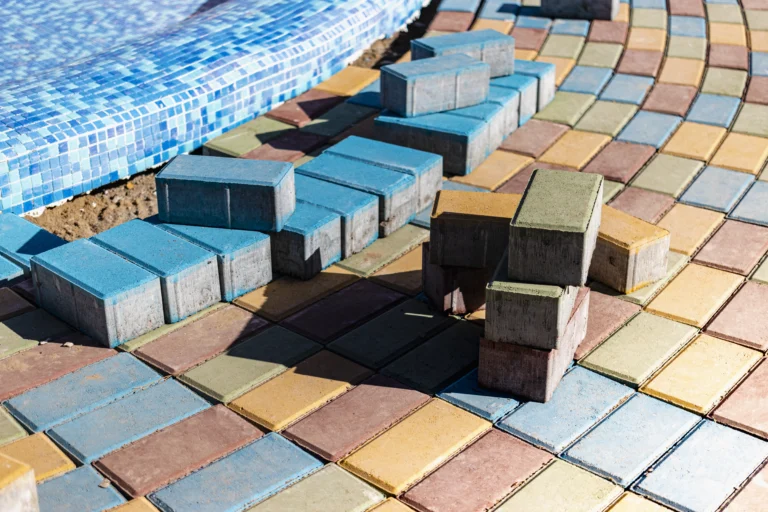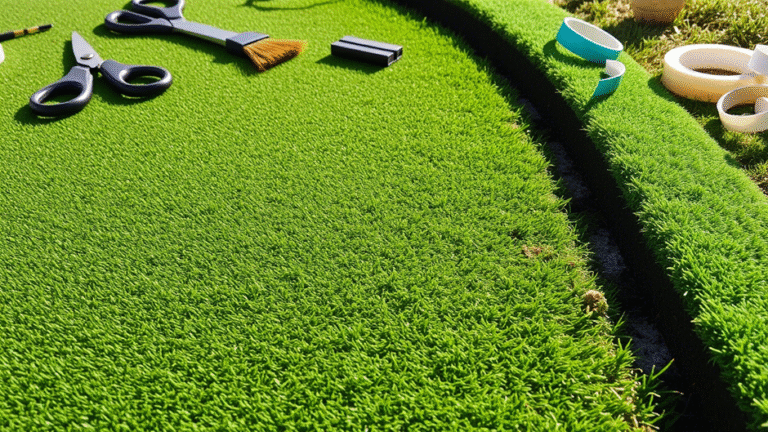DIY Projects with Artificial Grass and Pavers: Enhancing Your Outdoor Space

Artificial grass and pavers are versatile materials that have grown in popularity among DIY enthusiasts looking to enhance their outdoor spaces. Artificial grass offers a low-maintenance alternative to traditional lawns, remaining evergreen throughout the year, while pavers provide a durable and flexible option for creating pathways, patios, and edging. Integrating these materials into landscape design opens up a realm of possibilities for personalizing a garden or courtyard.
The combination of artificial grass and pavers can be used in a variety of DIY projects that cater to different aesthetics and functionality. With the ability to withstand heavy foot traffic and resist the elements, this pairing is particularly apt for areas that demand durability and visual appeal. By choosing the right project, homeowners can transform an ordinary space into a beautiful and practical area.
DIY projects incorporating artificial grass and pavers range from simple installations to more intricate designs. They can be tailored to different spaces, whether it’s a small balcony garden or a sprawling backyard haven. These projects can enhance the beauty and utility of an outdoor area while also increasing the overall value of the property. Knowledge of the correct installation methods and design principles can empower individuals to successfully execute these projects with confidence.
Planning Your DIY Artificial Grass and Paver Project
Before starting your DIY project, it’s essential to evaluate your outdoor space carefully and select the right materials for a lasting installation. Paying attention to the landscape design and functionality for your house and patio will ensure the success of your DIY endeavor.
Assessing Your Space and Choosing Materials
When preparing to revitalize your backyard with artificial grass and pavers, assessing the size and topography of the area is the first step. For a cohesive landscape design, consider how the choices of artificial turf and pavers will complement your outdoor space and the exterior of your house. Materials for the base layer can range from crushed stone to decomposed granite or sand. Choose concrete pavers for a durable, low-maintenance option, or stone for a natural look.
Tools and Materials Needed for Installation
You will need specific tools and materials for a successful DIY installation:
- Measuring tape and chalk line for accurate measurements
- Utility knife for cutting artificial turf to size
- Plate compactor for a solid base layer
- Base materials: sand, gravel, and decomposed granite
- Artificial grass and pavers
- Landscape fabric to inhibit weed growth
- Seaming tape and adhesive for turf installation
- Pea gravel for the drainage system
Assembling these items before starting your project will streamline the installation process.
Designing for Drainage and Practicality
Crafting a functional drainage system is crucial to avoid water pooling in your backyard or patio, which can affect the longevity of artificial grass. Install a sub-base layer of gravel or decomposed granite for proper drainage beneath the turf. Ensure the design includes a slight slope away from the house to facilitate water runoff. Choose permeable pavers that allow water to seep through the gaps and reduce the chances of drainage problems.
Installing Artificial Grass and Pavers
The process of installing artificial grass and pavers involves thorough ground preparation, precise laying of materials, and dedicated finishing practices for a well-maintained appearance.
Preparing the Base for Artificial Grass and Pavers
To ensure a solid foundation, proper base preparation is vital. Begin by removing the top layer of soil, aiming for a depth of 3 to 4 inches. Use a shovel for excavation and a rake for leveling. Compaction of the base material is crucial for stability and can be achieved with a plate compactor. The goal is a smooth, firm base to prevent unevenness in the grass and pavers.
- Excavation Depth: 3-4 inches
- Tools: Shovel, Rake, Plate Compactor
Laying and Securing Artificial Grass
Once the base is compacted, roll out the artificial turf over the area. Pay attention to the direction of the grass blades to ensure consistency across seams. Secure the perimeter and seams with landscape staples and seam tape, respectively. A hammer or mallet may be needed for inserting the staples into the ground. Make sure the grass is flat and eliminate wrinkles before securing it into place.
- Seam Consistency: Same direction of grass blades
- Securing Tools: Landscape Staples, Seam Tape, Hammer/Mallet
Cutting and Placing Pavers
For pavers, identify the pattern and design before installation. Cut pavers to fit the design using a wet saw or a paver splitter for precision. Start laying pavers from one corner and move outward, using a rubber mallet to gently tap them into place. Ensure that the pavers are level with each other to maintain an even surface.
- Cutting Tools: Wet saw or Paver Splitter
- Installation: Rubber Mallet
Final Touches and Maintenance
The final stage involves infilling artificial grass with sand or rubber to protect fibers and keep them standing upright. Sweep the infill evenly into the grass using a broom to ensure distribution into the base of the turf. For pavers, sweeping jointing sand into the seams solidifies the structure. Regular maintenance, including the removal of debris and occasional rinsing of the artificial turf, will prolong its pristine appearance.
- Infill for Grass: Sand or Rubber
- Jointing Sand for Pavers: Sweeping into seams
- Maintenance: Debris removal and rinsing






